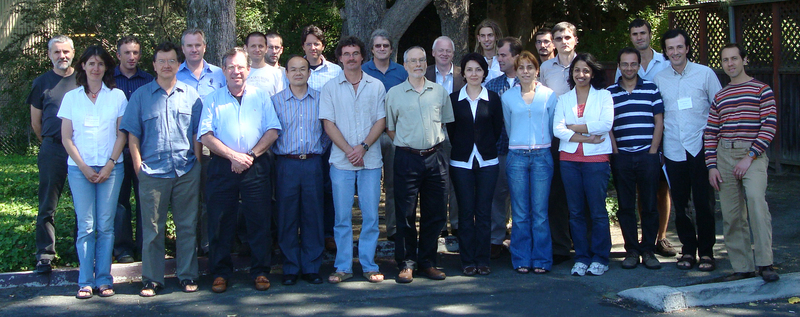
at the
American Institute of Mathematics, San Jose, California
organized by
Richard Bertram, Yue-Xian Li, David McCobb, Arthur Sherman, and Mary Lou Zeeman
Endocrine hormone levels in the blood exhibit a wide variety of rhythms with periods ranging from minutes to a year. In several cases, rhythmicity of a hormonal signal has been shown to be vital for activating the target cells. For example, periodic release of hypothalamic GnRH is necessary for initiating and maintaining reproductive function in mammals. The hypothalamus appears to be the center of origin of many hormonal rhythms, where endocrine neurons synchronize to release periodic signals. However, pituitary responses to hypothalamic stimuli can be counter-intuitive, depending in part on feedback from target tissues. Despite the significance of the rhythms for hormonal actions under both normal and pathological conditions, we do not yet understand the mechanisms underlying these rhythms and their interactions. Rhythmogenesis in excitable endocrine cells is a complex process that involves sophisticated feedback-feedforward interactions, membrane electrical activity, calcium signaling and network synchronization. Mathematical models are needed to integrate data and clarify rhythmogenic mechanisms in the hypothalamus and pituitary.
Specific topics include:
The workshop schedule.
A report on the workshop activities.
Papers arising from the workshop: